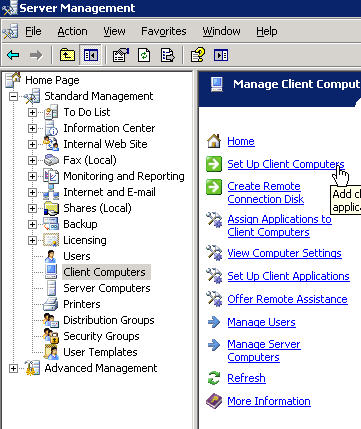5 Ways Credential Attacks Happen

Credential attacks have become a pervasive threat in the digital landscape, compromising the security of individuals and organizations alike. These attacks exploit the very keys that unlock access to sensitive information and systems, highlighting the importance of robust security measures to protect against them. Here are five ways credential attacks happen, shedding light on the methods attackers use and the importance of vigilance in the face of these evolving threats.
1. Phishing Attacks: The Classic Deception
Phishing remains one of the most common and effective methods attackers use to obtain credentials. This technique involves tricking victims into revealing sensitive information such as passwords, credit card numbers, or other personal data. Phishing attacks can occur through various mediums, including emails, text messages, or even Voice over Internet Protocol (VoIP) calls. The attackers craft convincing messages or websites that mimic those of legitimate entities, aiming to deceive recipients into divulging their credentials. The sophistication of phishing attacks continues to grow, with some attackers using advanced tactics like spear phishing, which targets specific individuals with tailored messages to increase the likelihood of success.
2. Password Spraying and Brute Force Attacks: Systematic Guesswork
Password spraying and brute force attacks are systematic approaches used by attackers to guess credentials. In a brute force attack, an attacker uses automated software to try millions of password combinations against a single account or set of accounts. This method can be time-consuming and may trigger security measures if too many failed login attempts are detected. Password spraying, on the other hand, involves trying a small number of commonly used passwords against a large number of accounts. This technique is designed to evade detection by not triggering the lockout policies that brute force attempts often do. Both methods highlight the importance of strong, unique passwords and the implementation of robust password policies.
3. Credential Stuffing: Leveraging Compromised Data
Credential stuffing is a type of attack that leverages previously compromised credentials. Given the frequency of data breaches, attackers have access to vast repositories of stolen login credentials. They use automated tools to attempt these credentials across various websites and services, exploiting the fact that many users reuse passwords across multiple platforms. The success of credential stuffing attacks underscores the need for users to adopt unique passwords for each service and for organizations to implement measures such as multi-factor authentication (MFA) to add an additional layer of security beyond the password.
4. Man-in-the-Middle (MitM) Attacks: Intercepting Communication
Man-in-the-Middle attacks involve intercepting communication between two parties to steal sensitive information, including credentials. This can occur through various means, such as Wi-Fi eavesdropping, where an attacker positions themselves between a victim and a public Wi-Fi access point, or by exploiting vulnerabilities in software or apps to intercept data in transit. MitM attacks can be particularly dangerous because they allow attackers to capture credentials in real-time, often without the victim realizing their information has been compromised. The use of secure communication protocols like HTTPS and tools that encrypt internet traffic, such as VPNs, can help mitigate these risks.
5. Social Engineering: The Human Factor
Social engineering attacks exploit human psychology rather than technical vulnerabilities. These attacks can take many forms, including pretexting (creating a false narrative to gain trust), baiting (leaving malware-infected devices or storage media for victims to find), or quid pro quo (offering services in exchange for information). Social engineering attacks aimed at obtaining credentials often rely on creating a sense of urgency or fear, prompting the victim to act quickly without considering the security implications of their actions. Educating users about the dangers of social engineering and the importance of verifying the authenticity of requests for sensitive information is crucial in preventing these types of attacks.
What is the most common method attackers use to obtain credentials?
+Phishing attacks are among the most common methods used by attackers to obtain credentials. These attacks deceive victims into revealing sensitive information by mimicking legitimate entities or communications.
How can I protect myself against brute force attacks?
+To protect yourself against brute force attacks, use strong, unique passwords for each of your accounts. Implementing multi-factor authentication (MFA) can also add an extra layer of security, making it more difficult for attackers to access your accounts even if they guess your password.
What is credential stuffing, and how can it be prevented?
+Credential stuffing involves using previously compromised credentials to gain unauthorized access to user accounts. This can be prevented by using unique passwords for each service, enabling multi-factor authentication, and regularly monitoring account activity for suspicious behavior.
In conclusion, credential attacks pose a significant threat to both individuals and organizations, requiring a proactive and multi-faceted approach to mitigate these risks. By understanding the various methods attackers use, such as phishing, password spraying, credential stuffing, Man-in-the-Middle attacks, and social engineering, individuals and organizations can better equip themselves with the knowledge and tools necessary to protect against these evolving threats. Implementing strong security practices, including the use of unique passwords, multi-factor authentication, and regular security audits, is crucial in the fight against credential attacks. Moreover, ongoing education and awareness about the dangers of these attacks and how to prevent them are essential components of a robust defense strategy.



